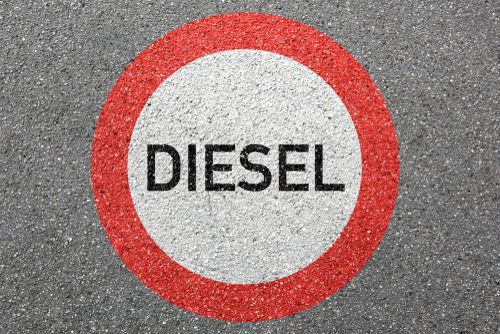In the realm of internal combustion engines, the battle between diesel and gasoline has long been waged. One key differentiator that sets diesel engines apart and contributes to their unique characteristics is the high compression ratio. This feature plays a pivotal role in making diesel-powered vehicles more efficient, powerful, and fuel-economic compared to their gasoline counterparts.
Understanding Compression Ratio:
The compression ratio is a fundamental engine parameter that measures the degree of compression in the combustion chamber. It is defined as the ratio of the cylinder's volume at the bottom of the piston's stroke (bottom dead center) to the volume at the top of the stroke (top dead center). In simple terms, it reflects how much the air-fuel mixture is compressed before ignition.
Diesel vs. Gasoline Compression Ratios:
One of the primary distinctions between diesel and gasoline engines lies in their compression ratios. Diesel engines typically have much higher compression ratios than their gasoline counterparts. While gasoline engines often operate with compression ratios around 8:1 to 12:1, diesel engines commonly boast ratios ranging from 15:1 to 23:1, or even higher in some modern designs.
The Power of High Compression:
Efficiency and Thermal Efficiency: Diesel engines leverage high compression ratios to achieve remarkable thermal efficiency. The compression heats the air within the combustion chamber to a much higher temperature than in gasoline engines. This elevated temperature results in a more complete and efficient combustion of the injected diesel fuel.
More Energy, Less Fuel: The higher compression ratios in diesel engines lead to better extraction of energy from the fuel. Diesel fuel has a higher energy density than gasoline, and the efficient combustion process in high-compression diesel engines allows for more energy to be harnessed from each unit of fuel. This translates into improved fuel economy and a longer driving range for diesel-powered vehicles.
Torque and Power: The increased pressure in the combustion chamber during the compression stroke contributes to higher torque production in diesel engines. Diesel vehicles are renowned for their robust low-end torque, making them well-suited for tasks like towing and hauling heavy loads. The high compression ratio also plays a role in generating impressive power outputs, providing the muscle needed for various applications.
Durability and Longevity: The heavy-duty construction required to withstand the forces of high compression contributes to the durability and longevity of diesel engines. The robust components and engineering make diesel vehicles reliable workhorses, capable of handling demanding conditions over an extended lifespan.
Reduced CO2 Emissions: The efficiency gains achieved through high compression ratios result in lower carbon dioxide (CO2) emissions per unit of work performed. This characteristic aligns with the growing emphasis on reducing greenhouse gas emissions and increasing the overall sustainability of transportation.
Adaptability to Alternatives: High compression ratios in diesel engines make them adaptable to alternative fuels like biodiesel. The efficient combustion process can accommodate various fuel formulations, offering flexibility in the quest for cleaner and more sustainable energy sources.
Conclusion
In the ongoing evolution of automotive technology, the high compression ratio stands as a defining feature that sets diesel-powered vehicles apart. The efficiency, power, and fuel economy derived from this characteristic make diesel engines a compelling choice for a range of applications, from heavy-duty trucks to fuel-efficient passenger cars. As the automotive industry continues to explore new avenues for sustainability and performance, the legacy of high compression ratios in diesel engines remains a powerful and enduring influence.

